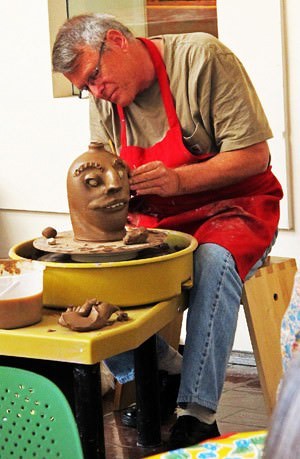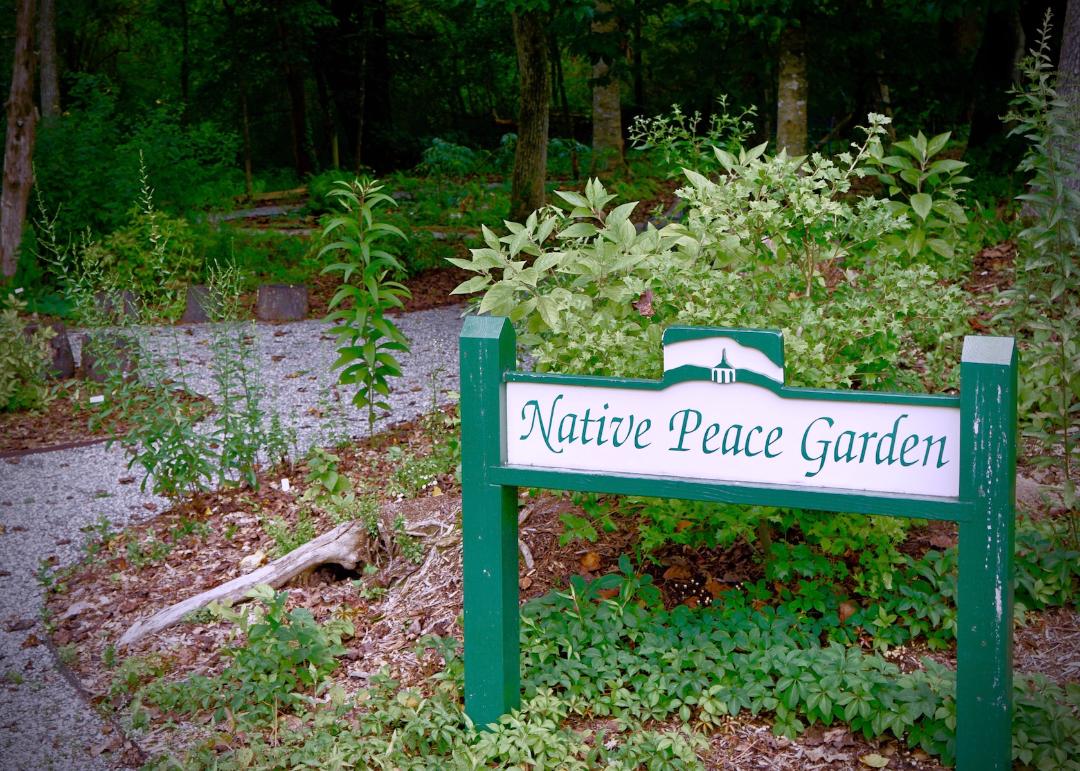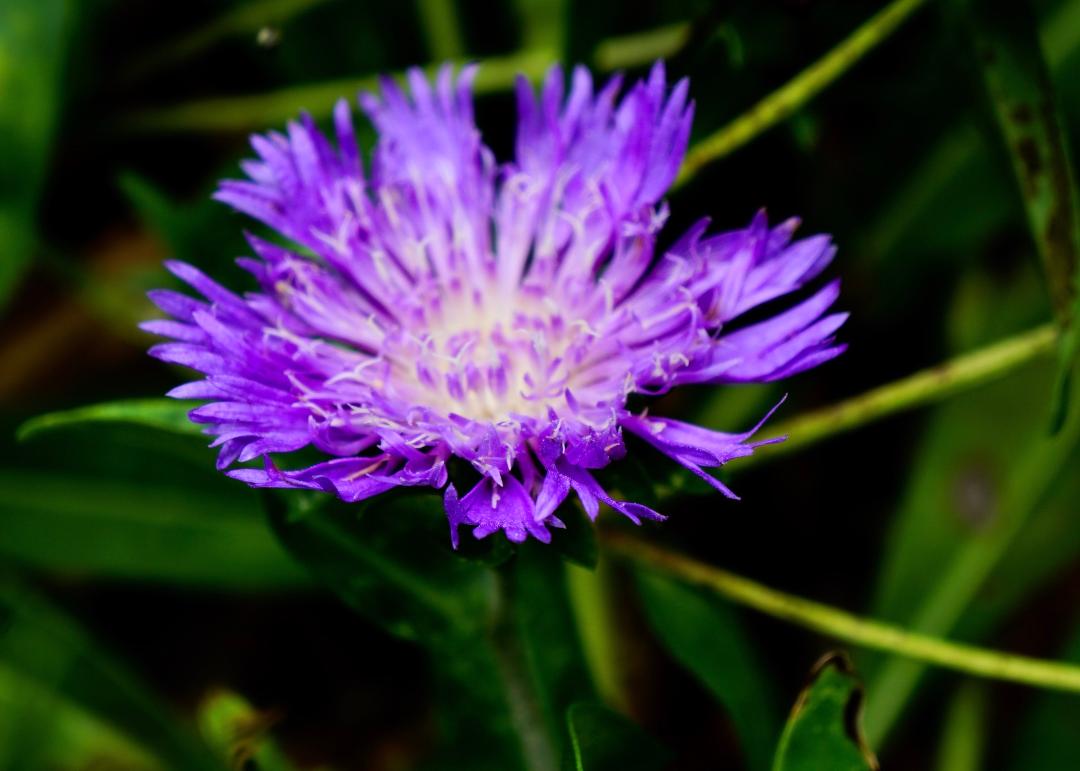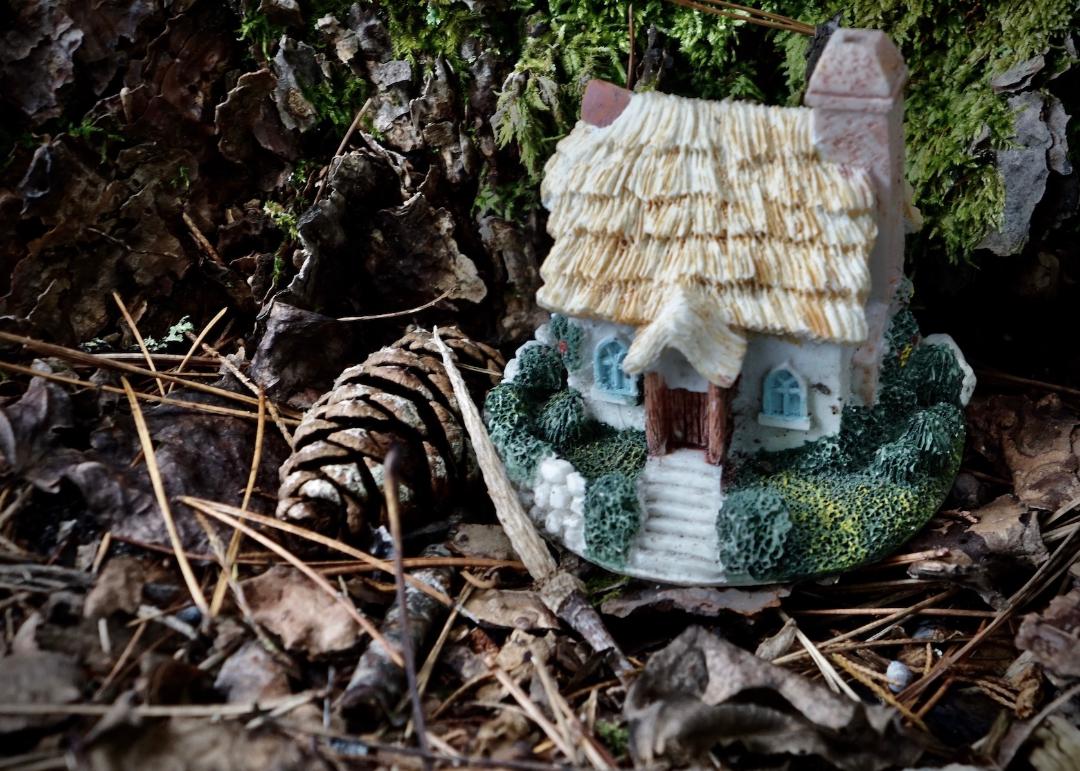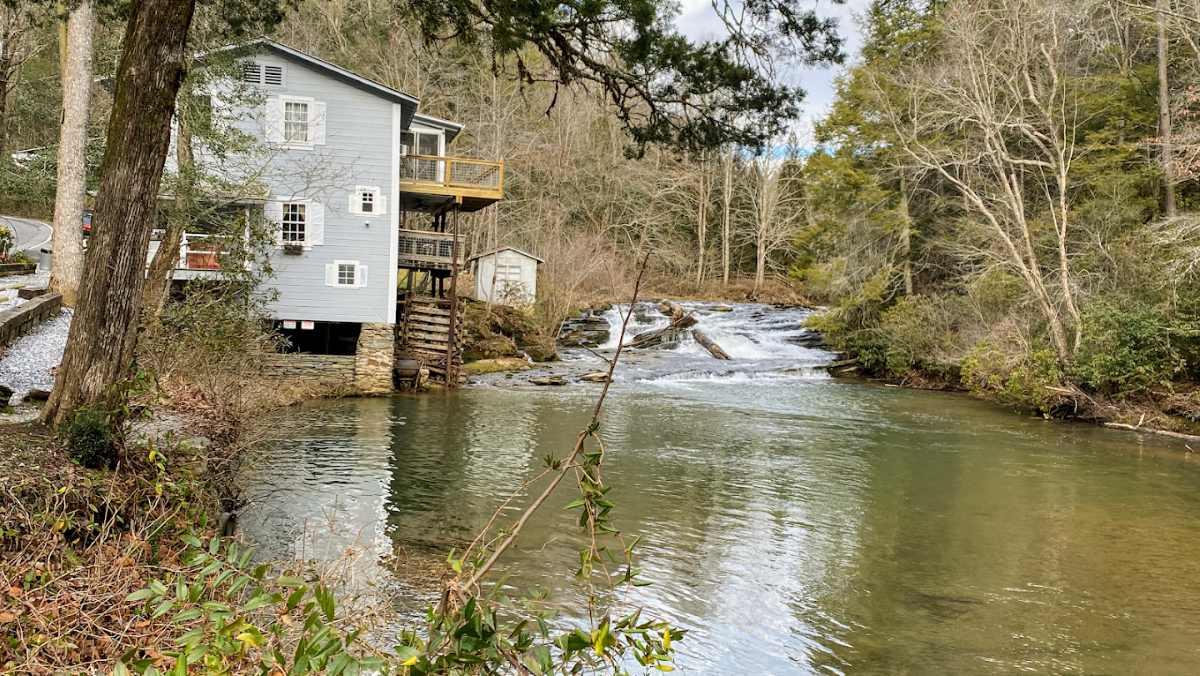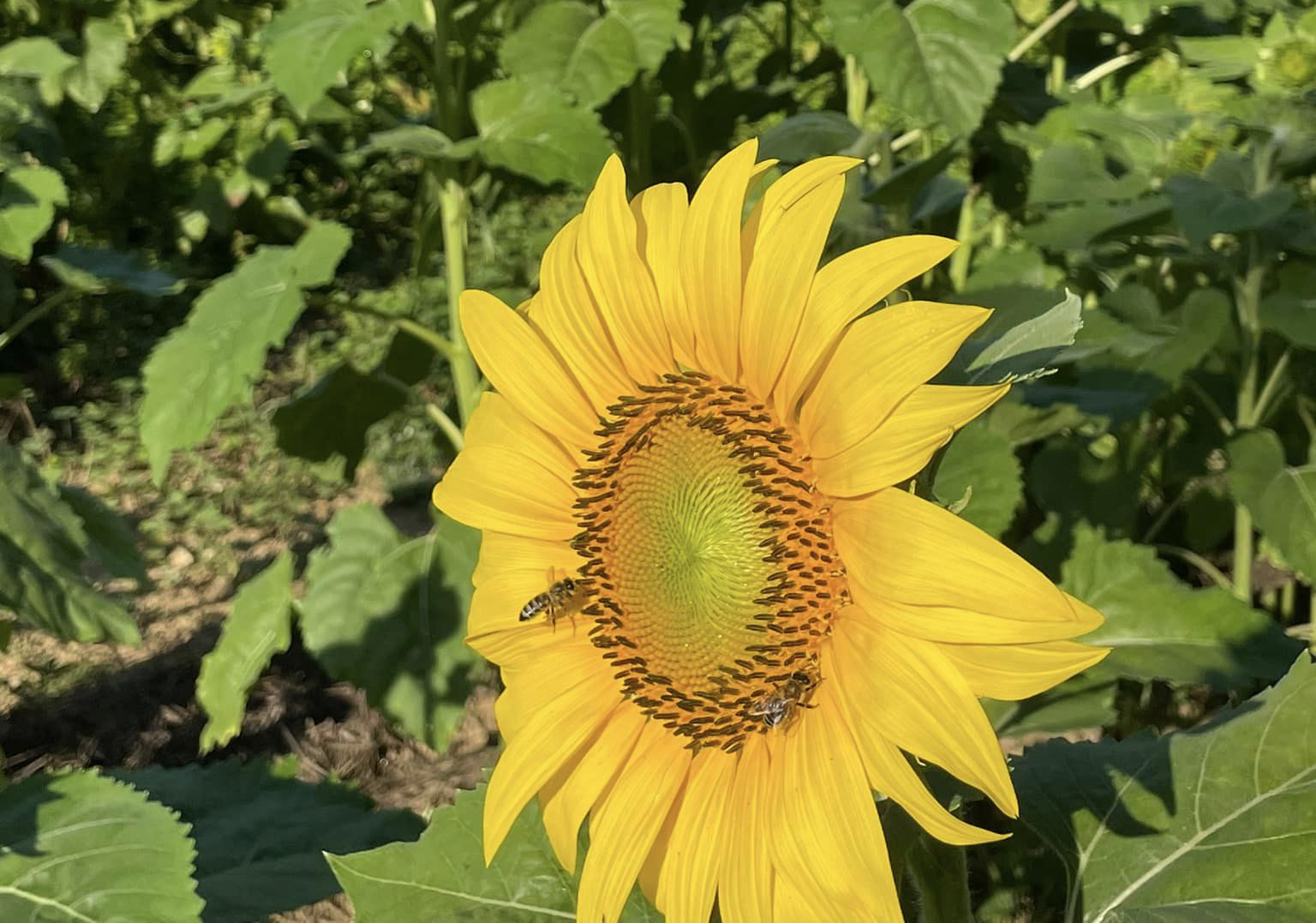
Since moving into Habersham, my husband Bob and I have been amazed at the number of cultural events offered in Northeast Georgia. However, we were woefully negligent in checking out the Sautee Nacoochee Cultural Center (SNCC) which is located less than 10 miles from our house. We spent part of a day there recently and were totally impressed with what the SNCC offers to our region.
Despite the challenges of COVID-19, the Sautee Nacoochee Cultural Center has found ways not only to survive but to thrive. According to the center’s Executive Director Patrick Brennan, “The Center has worked diligently not only to follow CDC guidelines but exceed them to keep staff, volunteers, and visitors safe.”
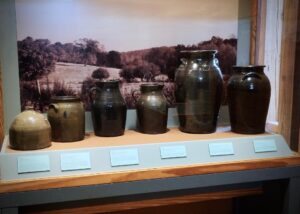
The SNCC’s mission statement says, “We value and nurture individual creativity, along with the historical, cultural and environmental resources of the Sautee and Nacoochee valleys and surrounding area.” The Center fulfills its mission through a variety of classes and art exhibits, their award-winning museum, the Folk Pottery Museum of Northeast Georgia; their African American Heritage Site; on-site art and craft events; the Sautee Nacoochee Center Theater; and even the Native Peace Garden.
Because of COVID-19, SNCC has become innovative in finding safe ways to continue offering many of its programs. The center now provides virtual tours online of museum exhibits and interviews with artists and volunteers. The SNCC has also created a new Virtual Center Stage to allow concert and stage performances to continue.

History has been preserved at SNCC
The Sautee and Nacoochee valleys are steeped in history. The SNCC’s history museum documents evidence of when the Cherokee occupied the area. However, the 1819 Treaty with Spain led way to western expansion and the Cherokee were forced west as well. White settlers entered the area in 1820.

The area was settled by families moving in, many from North Carolina. Many did well, purchasing considerable acreage and using slaves in mills, manufacturing work, and working farms. After the Civil War, slaves continued to work in the area as sharecroppers and laborers. Interestingly, many of these former slaves settled in the area of Bean Creek. Some of their descendants still live there.
Details of these years can be explored in the Nacoochee History Museum and the African American Heritage Site. The Native Peace Garden offers an interesting look at the plants the Cherokee used medicinally.
History of the Sautee Nacoochee Cultural Center
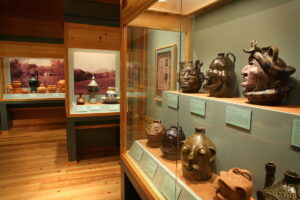
In the 1970s, concerned citizens from the area began to work toward protecting the history and the heritage of the Sautee and Nacoochee valleys. In 1980, their work led to the Nacoochee valley being placed on the National Register of Historic Places in Georgia. Sautee Valley was placed on the Registry six years later. This citizens’ group formed the Sautee Nacoochee Community Association and purchased 8.5 acres of land which included a 1928 school.
Since then, the 8.5 acres has become a campus with five separate buildings, housing a 95-seat theater, studio space, art galleries, museums, a community hall that seats 90 with an industrial kitchen, and a historic gymnasium with 199 seats. The campus also contains the 10,000 sq. ft. Folk Pottery Museum of Northeast Georgia and the African American Heritage Site.
Today, the SNCC has twelve full-time employees and an army of 150 volunteers who keep the work going. Within the gallery stores, the work of ninety-eight juried artists who live within 50 miles of the center is offered. The work of the Center, its staff and volunteers, and its artists provide an overflowing fountain of cultural and historical resources and experiences from which we can drink.
Things to do at SNCC
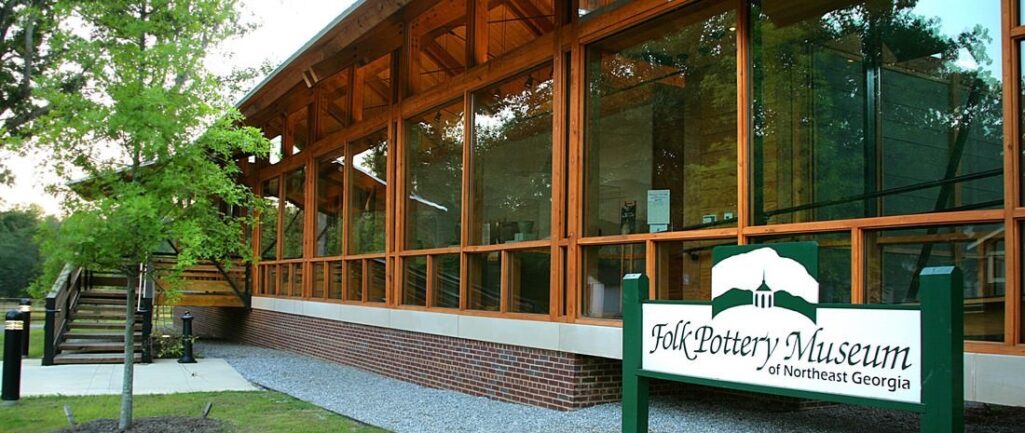
The Folk Pottery Museum of Northeast Georgia: The museum is fabulous if you love pottery as much as I do. One one side of the museum is a living history area, showing how clay was dug, shaped, and finished. A short video is provided as well to show the process in action.
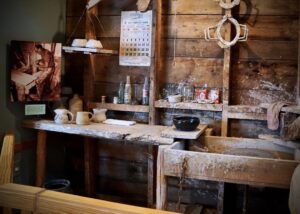
On the other side of the museum is displayed hundreds of pottery pieces dating back to the 1800s. The displays show the transition of pottery pieces that were practical to those that became whimsical and artistic.
The work of the Meaders family and other folk pottery clans are featured throughout the museum. One of the things I enjoyed the most were the quotes that were highlighted on the walls from these amazing potters. Their perspective of what they did and how they did it was enlightening.
Finally, a section of the museum is dedicated to the work of one potter. At this time, the work of Mike Craven is on display through December 17, 2020. The exhibit traces the evolution of Craven’s work as a Folk Potter and displays face jugs from his early years of work to now. On the SNCC website is an interview with Craven about his and his family’s relationship with pottery.
Interestingly, the Folk Museum is the first museum that celebrates the work of these local potters and the heritage they’ve created in Northeast Georgia. The museum received the Honor Award from the American Institute of Architects (Georgia Chapter) in 2008. The Honor Award is “the highest design recognition given by the American Institute of Architects and acknowledges recently completed ‘architecture of distinction’.”

The cost for the Folk Museum is minimal: $5.00 for adults 18-55, $4.00 for adults over 55, $3.00 for students with ID, and $2.00 for children 6-18. Children under 5 are free, as are military members and teachers with ID. Masks are required within the building.
Within the Old School Building: Continue up the ramp from the Folk Pottery Museum to the main hall of the old school building. The offices are there as well as two art galleries off both sides of the hall, and an art display in the hall. Be sure to stop in both gift shops featuring local-made jewelry and pottery, and local art as well. Don’t hesitate to take to the people who work in the stores. I met a local potter Jo Ackerman there, whose face mugs styled after celebrities are for sale. Talking to her about how she had come up with the idea was a highlight for me.
At the far end of the hall is the History Museum which can take a few minutes or a few hours, depending on if you read every word for each exhibit. In the back section of the museum is a vignette set up the way the original school would have looked.
Down the road towards the Old Sautee Store is the Native Peace Garden. It’s located behind the Post Office and you can park in the Post Office parking lot.
The walk through the garden is short but packed with identified flowers, bushes, and herbs the Cherokee would have used. There are also several small fairy gardens that have been placed under several trees.
There was no cost for these. Note that the only way to tour the African American Heritage Site is to set up an appointment. It is only open for appointments and some special events.
Support the SNCC
The impact of COVID-19 on the SNCC has been significant. In 2019, 50,000 people visited the center. This year, the expected total attendance will be half of that. In 2019, 295 events, festivals, and classes were offered. This year, only half of those will be available.
And, SNCC is responsible for raising about 1/3 of its budget yearly through attendance and fundraisers. COVID-19 restrictions and safety measures have made that difficult as well.
In this critical time, SNCC needs your support. Visit the museums. Attend the virtual concerts which are a major source of revenue for the center. And give to the annual fund.
For more information on funding options, concert tickets, and upcoming events, go to the Sautee Nacoochee Cultural Center online. The “Join and Support” tab located near the far right of the home page tells how you can be involved in helping to protect this cultural treasure in Northeast Georgia.
The Sautee Nacoochee Cultural Center is located at 283 Highway 255 North, Sautee, Georgia, 30571
Article updated September 4, 2020.


